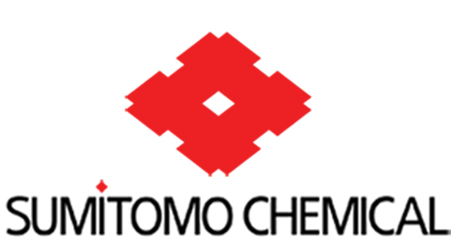Encouraged by a robust performance in India, Sumitomo Chemical plans to launch several unique portfolios in India. Sumitomo India aims to have one proprietary product annually under Contract research and manufacturing services (CRAMS) portfolio. Along with that, it plans to provide four to five technicals under CRAMS.
Sumitomo India currently manufactures one proprietary product that is exported to Sumitomo Japan and will expand the portfolio in future. The company launched four new products of which three were insecticides and one PGR during the current year.
According to a report published by ICICI Direct Research, Sumitomo India has been doing one molecule under CRAMS portfolio for Sumitomo Japan (SCC Japan). “Going ahead, the management expects one branded molecule to be launched every year for SCC Japan. Further, it plans to launch four to five technicals under CRAMS portfolio of which one may be launched next year and rest of the entire portfolio can be launched following next year,” the report reads.
It also plans to launch few combination products going ahead (mix SCC prop products and SCI generic) and has identified nine combination products.
The report says that apart from these molecules, SCC Japan acquired Nufarm last year, which can provide significant CRAMS opportunities to Sumitomo India.
The company has been supplying Chlorpyriphos to Nufarm and plans to sell Tebuconazole, going ahead. Sumitomo India has received trial order for one molecule of 40 tonnes currently, which can be increased to 150-200 tonnes in years to come.
Sumitomo India’s CRAMS segment has the potential to make high teens revenue contribution to the group revenue in the medium to long term. In turn, this can improve group margins further.
Typically, the company invests 15% of consolidated EBITDA every year in terms of capex. However, for CRAMS opportunities, the company has to incur additional capex, going ahead. The management expects better asset turn than normal chemical companies witnessing.
The company has generated free cash flow (FCF) to the tune of Rs 260 crore for H1FY21 vs. Rs 83 crore last year. “We believe that since the company plans to launch combination products along with a rise in sales contribution from Plant Growth Regulators (PGR), fungicides and CRAMS can likely to expand gross margins further and thereby operational performance. The management envisages present working capital cycle will remain sustainable. Thus, with limited capex plans under way, we expect it would to generate strong FCF going ahead. We expect part of that can likely to be utilised for inorganic opportunities, while partly would be funded for CRAMS capex. We expect this would be margin accretive and thereby improvement in the return ratios further,” the report reads.
